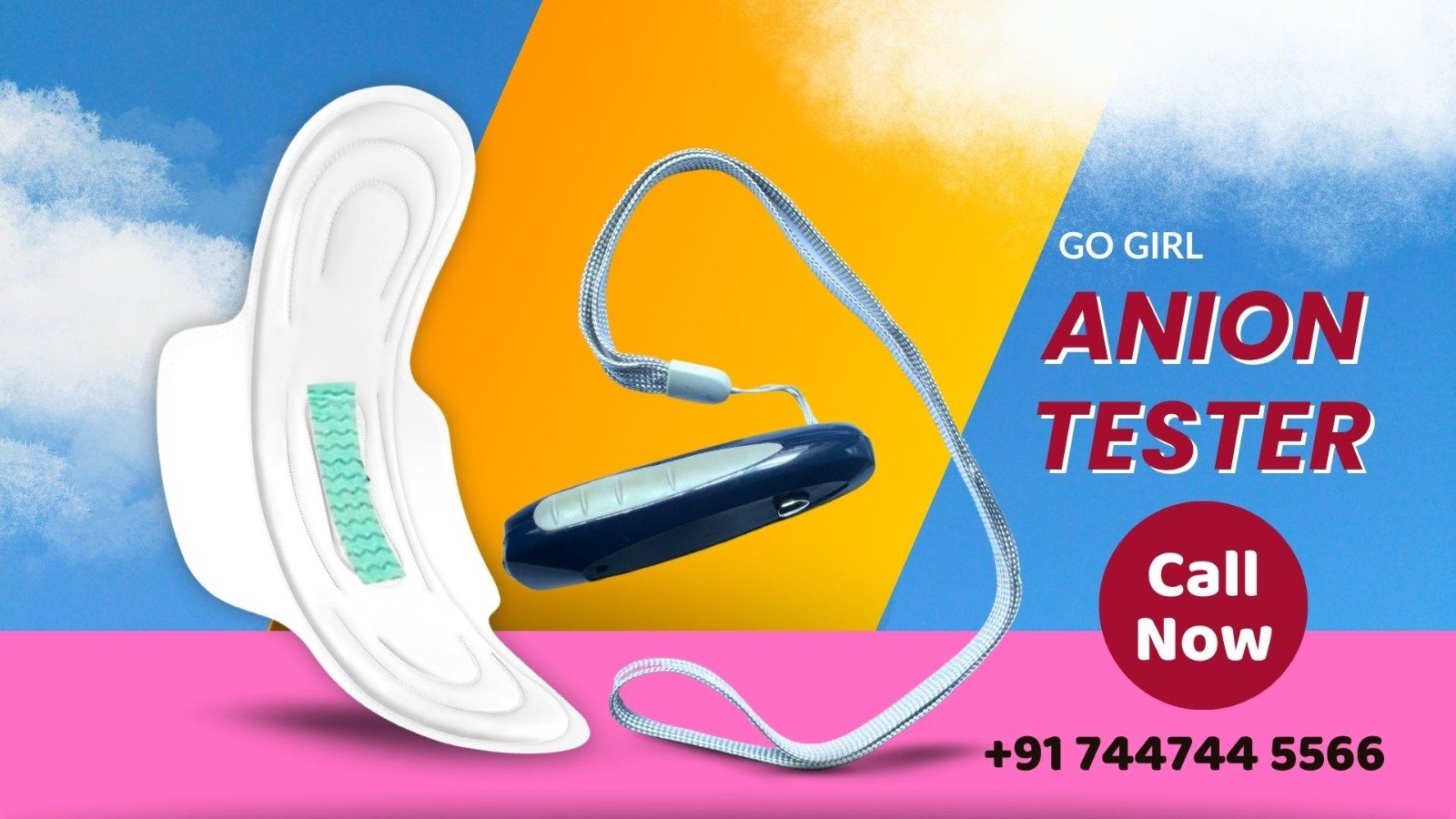
Anion Testing Device
An anion testing device is important in sanitary pads primarily because it verifies the presence and effectiveness of anion chips embedded within the pads.
Here are the key reasons why the device is significant:
Quality Assurance: Anion chips are designed to release negative ions (anions) which are believed to provide health benefits such as reducing odor, promoting comfort, and potentially offering antimicrobial properties. The testing device ensures that these chips are present in the sanitary pads and are functioning as intended.
Product Validation: Manufacturers use anion testing devices during production to validate that each batch of sanitary pads contains the specified amount of anion chips. This quality control step ensures consistency in product performance and adherence to regulatory standards.
Consumer Confidence: For consumers, knowing that anion testing is conducted ensures transparency and reliability of the product they are using. It builds trust in the brand and the sanitary pads’ claimed benefits, such as improved comfort and hygiene.
0Health Benefits Verification: While the exact health benefits of negative ions are debated, many consumers choose sanitary pads with anion chips believing they provide added comfort and hygiene. An anion testing device helps confirm that these benefits are being delivered.
Compliance and Standards: In some regions, there are regulatory standards or guidelines for hygiene products like sanitary pads. Anion testing devices help manufacturers ensure compliance with these standards by verifying the presence and performance of anion chips.
Research and Development: Anion testing devices also play a role in research and development efforts. They help researchers study the efficacy of anion chips in sanitary pads and further innovate on product design to enhance user experience and health benefits.
Overall, the presence of anion testing devices in the production and quality control processes of sanitary pads ensures that consumers receive products that meet expectations for comfort, hygiene, and potential health benefits associated with anion technology. It’s a critical tool in both ensuring product quality and maintaining consumer trust in the marketplace.

